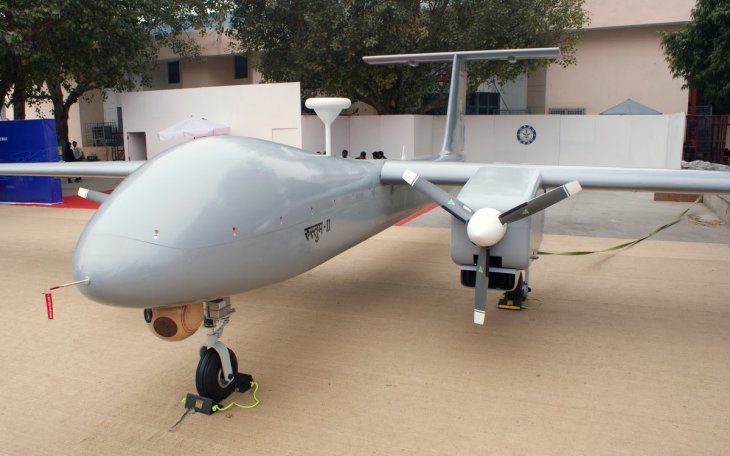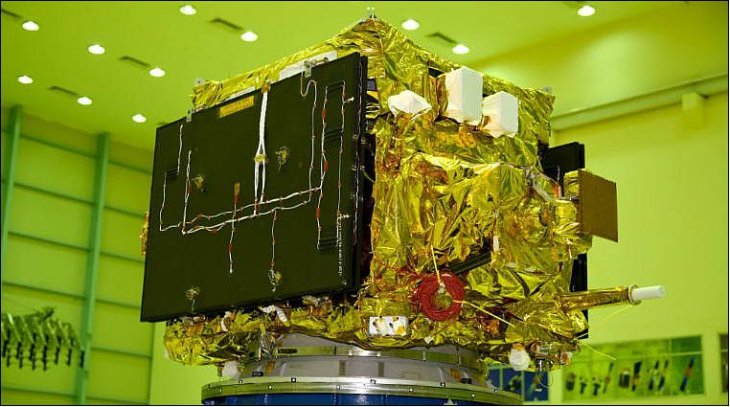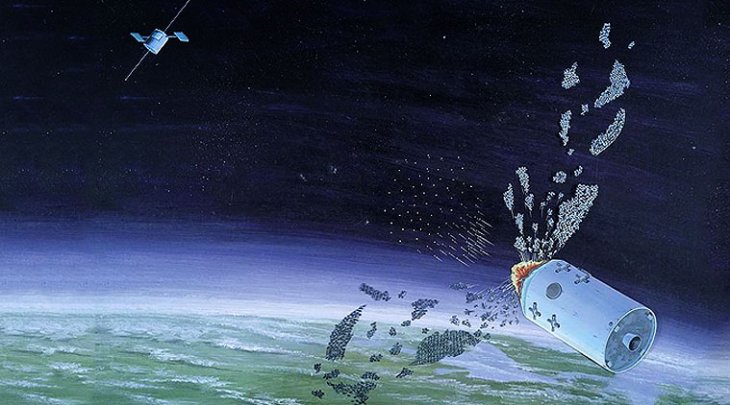Not Just Mission Shakti, These 11 Achievements Make All Indians Proud (Part 2)
Dhir Acharya - Apr 02, 2019

Let’s take a look back a number of India technology breakthroughs in national security and space exploration, with the contribution from ISRO and DRDO.
- Delhi Is The World’s Most Polluted Capital City For Three Years In A Row
- Indian Farmers Install High-Tech, Night-Vision CCTV Cameras To Protect Themselves
- Looking For The Best Electric Bike In India 2021? Take A Look At These
The Indian Space Research Organisation (ISRO) and the Defence Research and Development Organisation (DRDO) are making us, people of India, prouder than ever with what they have achieved in the past few years.
Last time, we have recalled five of the most significant milestones from the pair, if you missed it, check it out here.
Today, let’s see what else is on the list.
6. Self-ejecting black box
In an aircraft, the black box acts as a safe place for storing data to help in finding the cause in case of an accident or other interference. The problem is that sometimes, finding the black box is a tricky task, that’s when DRDO’s self-ejecting black box kicks in. The device is dubbed BSAT, Ejectable Black Box Recorder with Satellite Transmitter, developed and tested by DRDO’s Naval Science and Technology Laboratory in Viskhapatman.

This device is designed to eject itself from a plane once it contacts water, releasing a homing signal with which rescuers can locate the box. The box will also float on the water surface after ejecting itself and will be attached to the flight for some debris to be recovered.
7. Rustom Drone
Last year, DRDO developed a heavy-duty drone which can replace drones imported from Israel and the US. The drone, called Rustom 2, is unmanned, medium altitude, and long endurance, whose properties can compare with the US Predator drones. According to DRDO, Rustom 2 is supposed to conduct surveillance for the armed forces with 240hour endurance.

The organization successfully tested the drone at the Aeronautical Test Range (ATR). The drone can carry various payloads such as situational awareness payloads, electronic intelligence system, as well as synthetic aperture radar.
8. Mangalyaan mission

This Mars Orbiter Mission is not only India’s first major attempt to join the space exploration field, but it is also the cheapest Mars mission ever launched. While the budget for this mission was modestly Rs 450 crore, ISRO didn’t even spend all of it. By saving Rs 2.62 crore, ISRO has made Mangalyaan the cheapest Mars mission ever at a total cost of Rs 447.39 crore.
9. HySIS
Late last year, ISRO launched the first Hyperspectual Imaging Satellite for India. This is a 380-kilogram advanced satellite for Earth observation, which can help in the study of the environment, inland water, the detection of industrial pollution, as well as in forestry, agriculture, geology, soil survey, coastal zones, and of course, military surveillance.

The satellite gathers and processes data from around the electromagnetic spectrum. In addition, it can identify distinct objects, processes, or material on Earth through reading the spectrum for each pixel of a space scene.
HySIS is capable of seeing in 55 color bands from up to 630 kilometers above the ground. There are two payloads on HySIS, one to capture images in SWIR range and the other in VNIR range of the light spectrum. The satellite is expected to function till 2023.
10. Gaganyaan manned mission

Space suits for Gaganyaan manned mission
The mission is set to launch in 2021, but it was initially scheduled for 2022. The crew will have three people, including one woman, who will go with the rocket into low-earth orbit. They will stay in outer space for at least seven days before returning to Earth.
11. Mission Shakti

Of course, we cannot forget to mention the latest achievement in technology that has proved India as a space power. Shakti has made India the fourth country in the world to have ever developed ASAT weapons, after the US, China, and Russia.
This success is a collaboration between ISRO and DRDO, carried by the Agni-V which first underwent tests back in 2012. For Mission Shakti, DRDO developed and added ring laser gyros for orientation controlling, as well as an accelerometer for acceleration measuring. Also, there is a navigation system, fault tolerance software, and onboard backup navigation. The mission lasted for only 3 minutes.
Featured Stories

Features - Jul 01, 2025
What Are The Fastest Passenger Vehicles Ever Created?

Features - Jun 25, 2025
Japan Hydrogen Breakthrough: Scientists Crack the Clean Energy Code with...

ICT News - Jun 25, 2025
AI Intimidation Tactics: CEOs Turn Flawed Technology Into Employee Fear Machine

Review - Jun 25, 2025
Windows 11 Problems: Is Microsoft's "Best" OS Actually Getting Worse?

Features - Jun 22, 2025
Telegram Founder Pavel Durov Plans to Split $14 Billion Fortune Among 106 Children

ICT News - Jun 22, 2025
Neuralink Telepathy Chip Enables Quadriplegic Rob Greiner to Control Games with...

Features - Jun 21, 2025
This Over $100 Bottle Has Nothing But Fresh Air Inside

Features - Jun 18, 2025
Best Mobile VPN Apps for Gaming 2025: Complete Guide

Features - Jun 18, 2025
A Math Formula Tells Us How Long Everything Will Live

Features - Jun 16, 2025
Comments
Sort by Newest | Popular